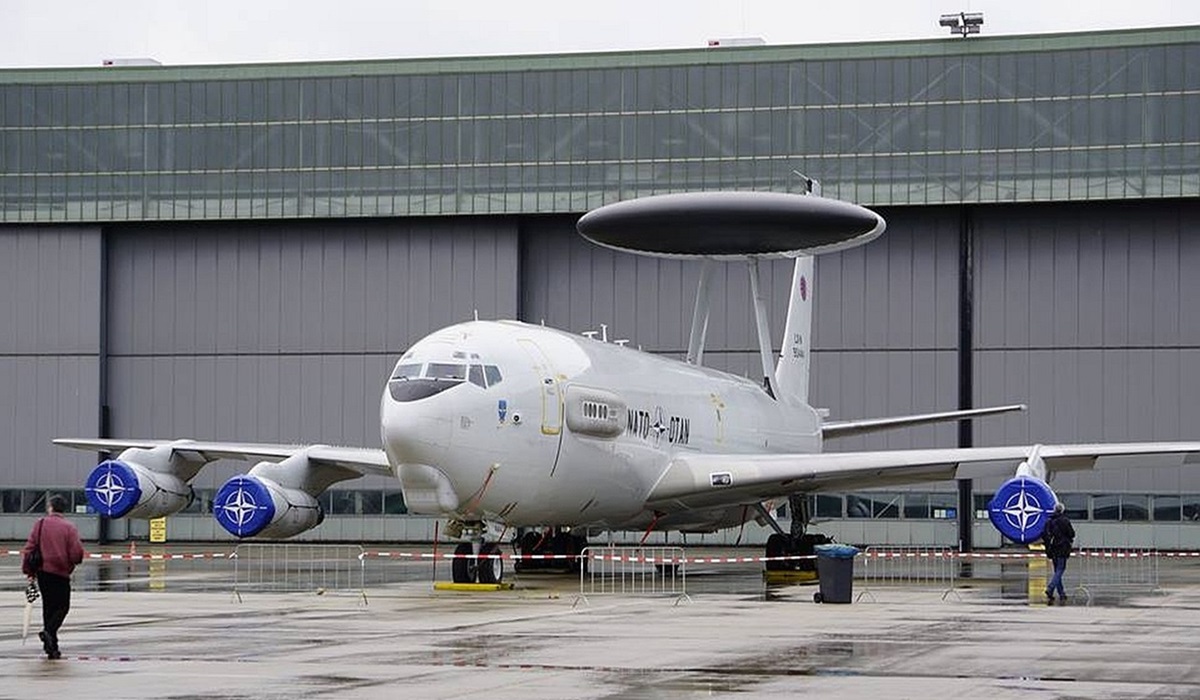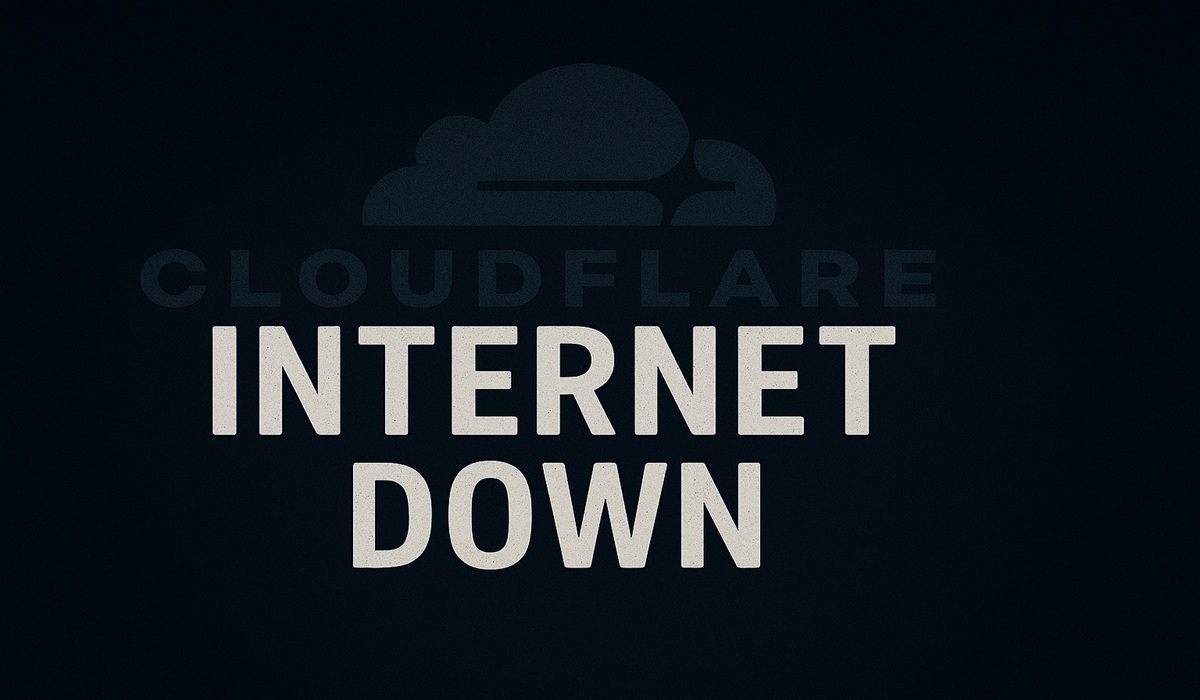Ukraine’s Long-Range Assaults on Russia Reveal NATO’s True Battlefield Ambitions
- Ingrid Jones
- Breaking News
- June 2, 2025

Image Credit: Sabine Faust
Over the weekend, a dangerous escalation unfolded in the Russia-Ukraine war—one that pushed the entire conflict into new, more perilous terrain. Ukraine launched a massive coordinated strike deep into Russian territory using long-range drones and NATO-supplied missiles, reportedly authorized by the United States and Germany. Several high-value Russian military targets were destroyed, including strategic bombers and crucial railway infrastructure, while casualties—both military and civilian—were reportedly high. Russian media outlets confirmed explosions on bridges and railway lines, with some regions plunged into emergency response protocols for the first time since the war began.
This assault followed one of the deadliest Russian drone attacks on Ukrainian territory just days earlier, part of an escalating tit-for-tat that has all but erased any illusions of restraint. But make no mistake: this latest Ukrainian offensive was not a desperate, improvised lunge by a cornered country. It was a meticulously coordinated operation, bolstered by NATO intelligence, logistics, and direct authorization for the use of Western-supplied long-range weapons—something the U.S. and its allies swore just months ago they would never greenlight.
This isn’t just another chapter in the conflict. This is the new war: NATO’s proxy gloves are off, and the consequences could be catastrophic.
Let’s call it what it is: The United States and its NATO allies are now directly involved in a hot war against Russia, and they’re not trying to hide it anymore. For over two years, Ukraine was the battleground but also the buffer—a proxy for a larger geopolitical confrontation. Now, the illusion of distance has vanished. What was once “defensive aid” has transformed into offensive capability, and what was once “non-lethal support” now includes weapons that can travel hundreds of kilometers into sovereign Russian territory.
The so-called red lines drawn by the Kremlin—most notably the threat of responding “in kind” to NATO-supplied attacks deep into its territory—have now been crossed. The question now isn’t whether Russia will retaliate, but how, when, and where. Will it be a cyberattack on European infrastructure? A missile strike on a NATO logistics depot in Poland? Or perhaps an escalation in another region entirely—like Syria, Africa, or the Arctic, where Western and Russian interests already clash?
Let’s not forget: This escalation didn’t happen in a vacuum. It came shortly after Russia’s own devastating aerial assault on Ukrainian cities—an attack that killed scores and left much of the country’s already damaged infrastructure further crippled. But rather than de-escalate or seek peace, the West responded by tossing gasoline onto the fire.
In Washington and Brussels, the logic is chillingly transactional. War means money. For weapons manufacturers, defense contractors, and lobbyists, there is no profit in peace. Peace doesn’t require shipments of HIMARS, Patriot batteries, or long-range cruise missiles. Peace doesn’t push military spending bills through Congress or justify the endless expansion of NATO’s defense budget. The fact that U.S. taxpayers have now forked over more than $200 billion in aid to Ukraine, while their own cities crumble and basic needs go unmet, speaks volumes about Washington’s real priorities.
Meanwhile, in Europe, there’s growing unease. Many EU nations—France, Germany, Italy, even Hungary—never wanted to be dragged into a full-scale confrontation with Russia. It’s not just about oil and gas, although that’s part of it. It’s about geography. If this war turns nuclear or spills beyond Ukraine’s borders, Europe is the first to burn. The U.S. mainland, protected by oceans and armed with unmatched firepower, has little to fear in terms of immediate retaliation. Europeans, on the other hand, know that a Russian missile can reach Berlin in minutes.
But their voices are often muted in the broader NATO discourse, dominated by Washington’s hawkish worldview. A worldview that sees every global confrontation as a zero-sum game between democracy and tyranny, even when the facts don’t fit that narrative.
Look closer, and you’ll see that this isn’t an isolated pattern of behavior. The United States is fighting wars on multiple fronts under the guise of “defense” or “stabilization.” In Africa, U.S. General Michael Langley has made it clear that the Pentagon views the sovereign governments of countries like Burkina Faso as obstacles to American hegemony. His reported remarks about removing leadership “by any means necessary” aren’t just chilling—they’re imperial. These nations are seeking autonomy from Western influence and are paying for it with sanctions, drone strikes, and covert destabilization campaigns.
In Gaza, the U.S. continues to arm and support Israel even as it bombs schools, hospitals, mosques, and refugee camps. American munitions, American dollars, American political cover—all contributing to the devastating assault on a trapped civilian population. The U.S. has even participated directly in naval operations and surveillance to support Israeli strategy, blurring the line between ally and co-combatant.
And now, in Ukraine, the U.S. has not only supplied the weapons but has effectively become Ukraine’s military brain: providing real-time satellite data, targeting intelligence, and strategic planning. The war may be fought on Ukrainian soil, but it is increasingly directed from Pentagon war rooms and NATO headquarters.
So how did we get here? Let’s rewind.
The origin of this war wasn’t February 2022—it was the years and decades prior, when successive U.S. administrations insisted on expanding NATO ever eastward, despite repeated warnings from diplomats and foreign policy experts that doing so would provoke Moscow. Ukraine, once a neutral buffer state, was pushed into the center of a Western military orbit. It wasn’t about democracy. It wasn’t about values. It was about geopolitics—about tightening the noose around a rival power, even at the cost of millions of lives.
The result? A war that has claimed hundreds of thousands of lives, displaced millions, crippled economies, and now threatens to engulf the globe in a wider confrontation. And despite all the performative diplomacy, there are no serious peace talks underway. Why? Because peace doesn’t serve the interests of those pulling the strings.
The ambassadors flying back and forth, holding press conferences and dining at summits, are engaged in performance art. The reality is that Washington doesn’t want peace. Peace means compromise, and compromise means accepting a world that’s no longer unipolar. For the U.S., a weakened or collapsed Russia is the ultimate prize—an opportunity to cement control over Europe, to dominate energy markets, and to continue justifying sky-high defense spending.
The American public, for its part, is growing weary. Polls show declining support for continued military aid to Ukraine. With homelessness, inflation, healthcare debt, and climate disasters roiling the country, many Americans are asking the obvious question: Why are we funding endless wars abroad while everything at home falls apart?
It’s a valid question. And one that deserves an honest answer.
But the truth is ugly. This war, like so many others, is profitable. It feeds defense stocks, secures political donations, and reinforces global hierarchies. Peace? Peace threatens all of that. Peace means less control, fewer weapons sales, less leverage over allies. That’s the dirty secret no one wants to say out loud.
So what stops this? Can it even be stopped?
Maybe. But only if the global public wakes up. Only if voters in Europe and North America begin demanding accountability from their governments. Only if we refuse to accept the narrative that more war equals more safety. Only if we remember that real security comes from diplomacy, not domination.
Right now, though, we are barreling toward something far worse. The war in Ukraine has escalated from a regional conflict to a proxy world war in all but name. And with NATO-supplied missiles striking deep into Russian territory, with U.S. forces destabilizing African governments, and with American-made bombs leveling Palestinian neighborhoods, the writing is on the wall.
This is not a war for peace. This is a war for power. And the price will be paid by ordinary people—Ukrainians, Russians, Palestinians, Jews, Africans, and yes, even Americans—while the architects of this chaos dine comfortably in Washington boardrooms and Brussels hotels.
The only question left is: When will we say enough?








